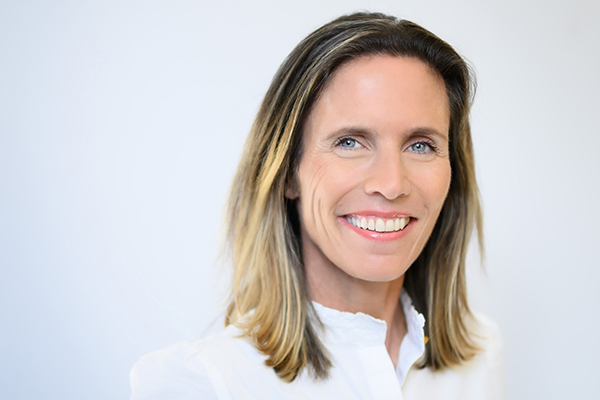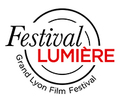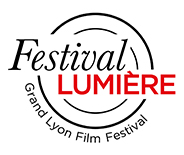Happening at the International Classic Film Market (MIFC)
Justine Ryst,
General Director of YouTube France and Southern Europe, guest of honour at the MIFC !
Posted on 16.10.2025

© DR
What does it mean to you to be guest of honour at the Lumière film festival?
It's a huge honour, and especially an emotional one. The Lumière film festival is a place where we celebrate the memory of cinema, but also its future. Being here with YouTube is symbolic: it’s an acknowledgement that transmission, passion and discovery now take place on multiple screens, and that the love of cinema remains intact, regardless of the medium. I am deeply attached to this idea: digital technology does not distance us from cinema, it extends it.
How do you think the Lumière film festival, with its heritage film market, complements a platform such as YouTube?
The Lumière film festival brings heritage works to life in all their glory: it carries out restorations, brings together œuvres and breathes new life into them. YouTube, in parallel, extends this lifespan by allowing films to continue to circulate, be shared, commented on and transmitted. One medium brings films back into the spotlight, the other gives them a new audience. This complementarity is essential: heritage works deserve to be watched everywhere, by everyone. YouTube is a formidable accelerator for this, a space where a restored film can reach a teenager, a teacher or an enthusiast on the other side of the world. Together, we are working towards the same goal: to keep the heart of cinema beating for as long as possible.
How does heritage cinema feature in your work?
Heritage cinema is an integral part of the YouTube ecosystem. We work with institutions, studios, channels and film libraries to make French and international cinema gems accessible. The contents find a second life on YouTube, where they continue to educate, inspire and touch viewers. It’s fascinating to see to what extent younger generations are embracing it: there’s a plethora of analyses, tributes, parodies, video essays... Today's creators are revisiting heritage works with their own rules and emotions. This proves one thing: heritage cinema is not static, it’s alive. It’s an infinite source of inspiration, channelling content into modern digital creation.
What links still need to be forged between heritage cinema and YouTube?
Although we’ve already laid a strong foundation, the field of possibilities is vast.
We must continue to support rights holders so they can promote their catalogues, strengthen the discoverability of œuvres, and invent new forms of mediation.
I strongly believe in building pathways via interviews, cultural mediation channels, and especially excellent film analysis and criticism. Channels like Calmos or Chronik Fiction are like the 2025 version of Masques et la Plume - anything that helps restore context and meaning to images is positive. And most of all, we must keep communicating with young people—introducing them to film heritage through formats they understand, with faces they recognise. Heritage cinema is anything but dusty. It’s a training ground for visual literacy, storytelling, and freedom. And that’s exactly what the younger generation is after.
If you had one heritage film to share, which one would it be and why?
Life Is Beautiful, by and starring Roberto Benigni. It’s a film that touches me deeply because it reflects my own family history. Members of my family lived through that period 85 years ago. It’s a film about survival, imagination and dignity in the face of horror. It demonstrates that family, love and creativity can remain stronger than anything else, even in the face of the unspeakable. I have watched it again with my children, and it touches me every time. It’s an œuvre of immense humanity, a reminder of the power of cinema.

